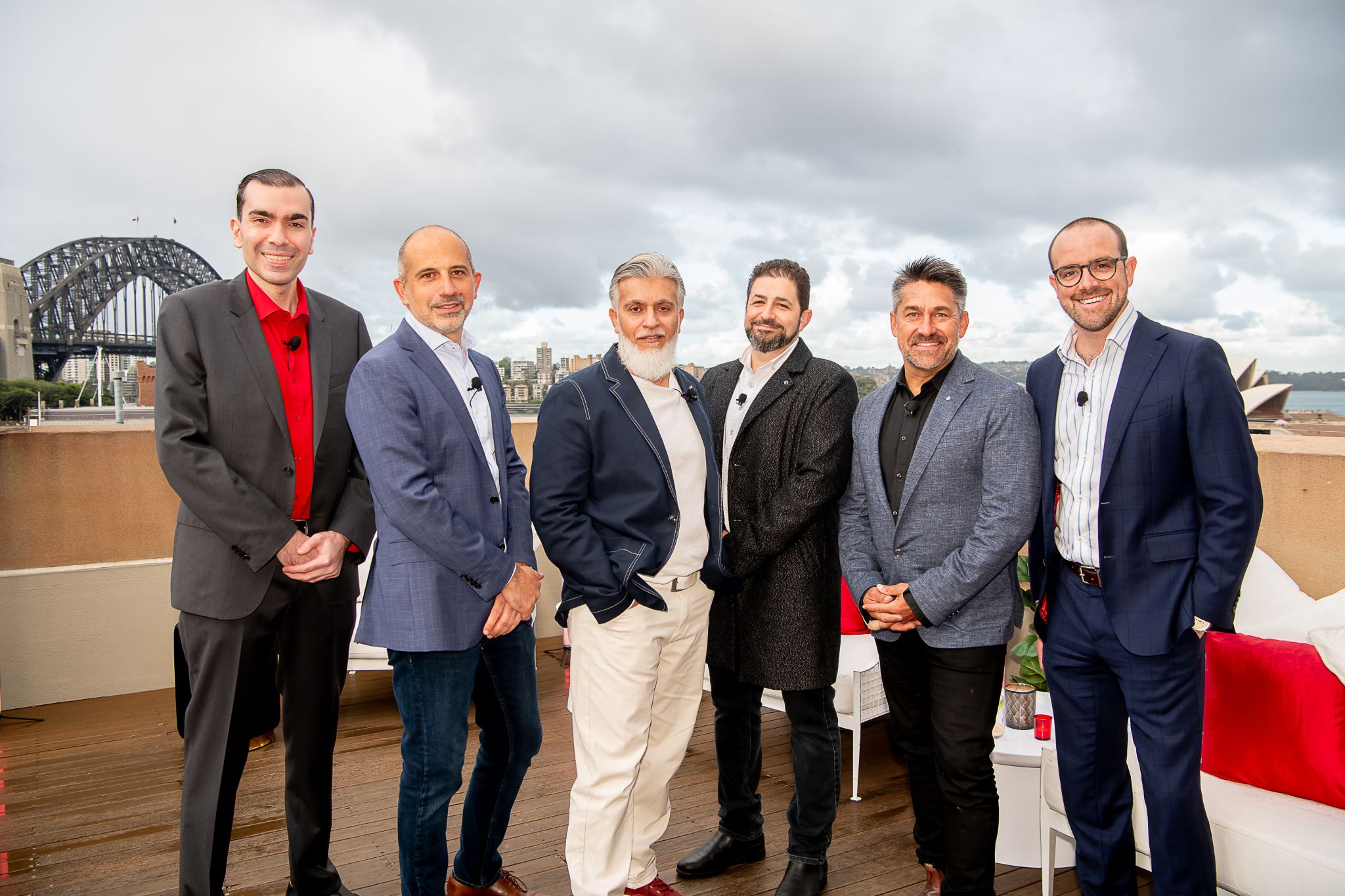Recently, Dincel celebrated the official launch of their Dincel Structural Walling Waterproof System, following many years of research and development. More than 120 engineers, architects, clients and friends joined together at Sydney’s iconic Museum of Contemporary Art to hear founder and Chairman, Burak Dincel, and special industry guests, speak to the enormous benefit the innovation will bring to the building sector.
"Ultimately, we were excited to share what this milestone means for the future of basement construction in Australia and how we can better design buildings to perform beyond current industry requirements."

One of the key problems to solve as we embarked on this product development, was how to prevent water ingress into basements and how to make underground habitable spaces truly livable, without the threat of mould and mildew setting in and permeating throughout the building.
During the launch event, Dincel hosted a panel discussion, moderated by our guest MC Jamie Durie. The panelists included Sam Parker, a structural engineer and waterproofing expert with ACOR Consultants, who also peer reviewed the new Dincel Waterproof System. Joining him, were Stan Giaouris from The Construction Adviser, who is well-versed in common building defects in his role as a building consultant. Rounding out the panel were construction and engineering lawyer, Julian Mellick from Colin Biggers and Paisley, Andrew Tunks from Netstrata, and Dincel director Berkay Dincel.
As noted on the night, except for the recent change to the Building Code of Australia focusing on mould and mildew requirements, there are currently no local building codes to assist architects and designers in addressing common issues caused by certain basement construction methods. It is often builders and developers making decisions on the ground, which can inadvertently result in basements leaks and related property damage, health concerns for occupants, as well as significant structural issues which can be costly to rectify.
The panelists spoke at length about building practices they have encountered in their profession, which have not only damaged buildings but also the reputation of many developers and the confidence of the consumer. The new Dincel Waterproof System Warranty has been introduced as an alternative to traditional methods, helping to improve build quality and longevity thanks to our engineered solution. And while the system may leak at some time over the life of a building, the leak can be easily located and plugged with re-injection, without disruption to owners and occupants.
Finding an entity to take responsibility for building defects is one of the biggest frustrations for property owners, authorities and the wider industry. Dincel are proud that the Dincel Waterproof System is supported by their own trust in the solution, backed by an up to 50-year warranty to put investors’ minds at rest.

